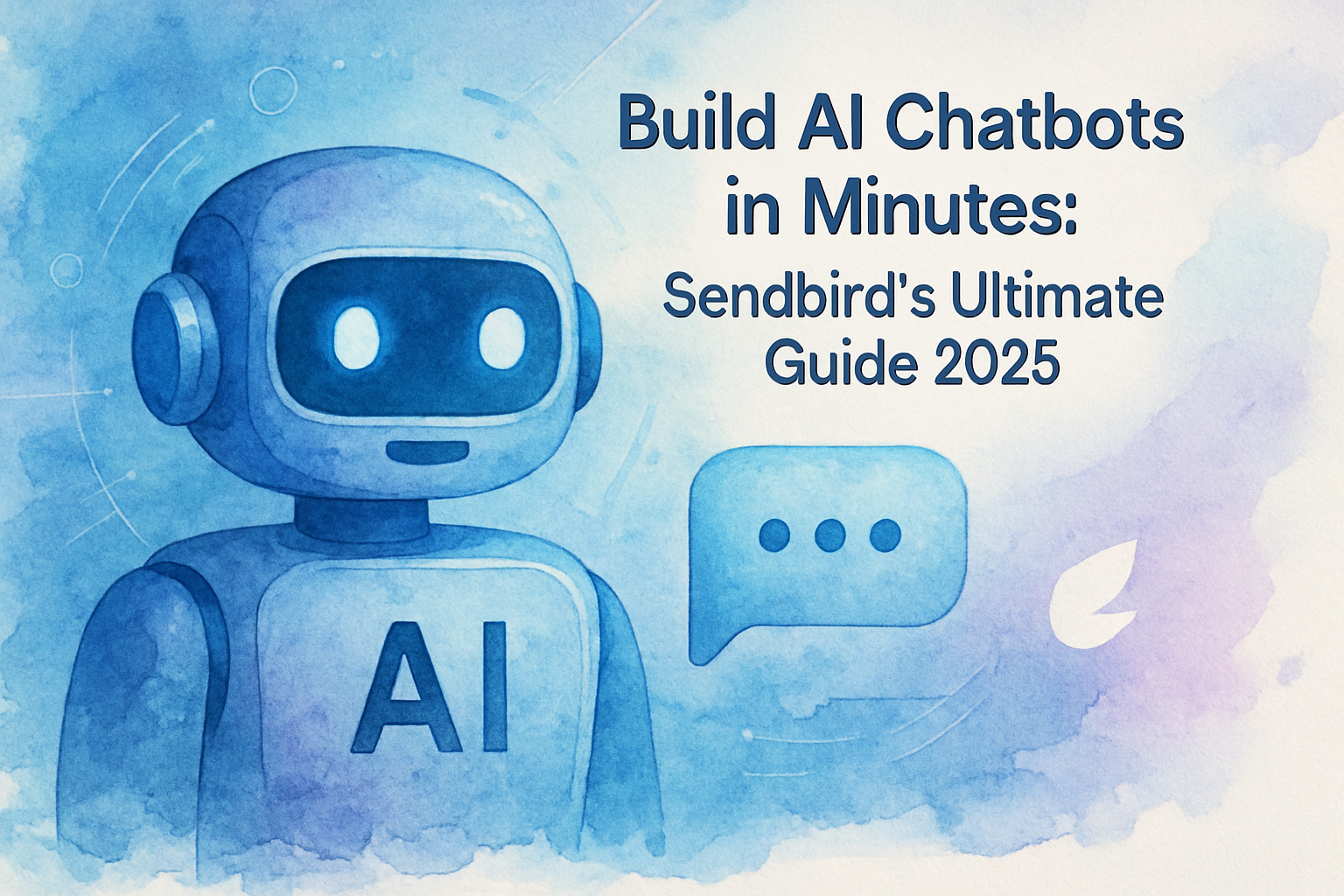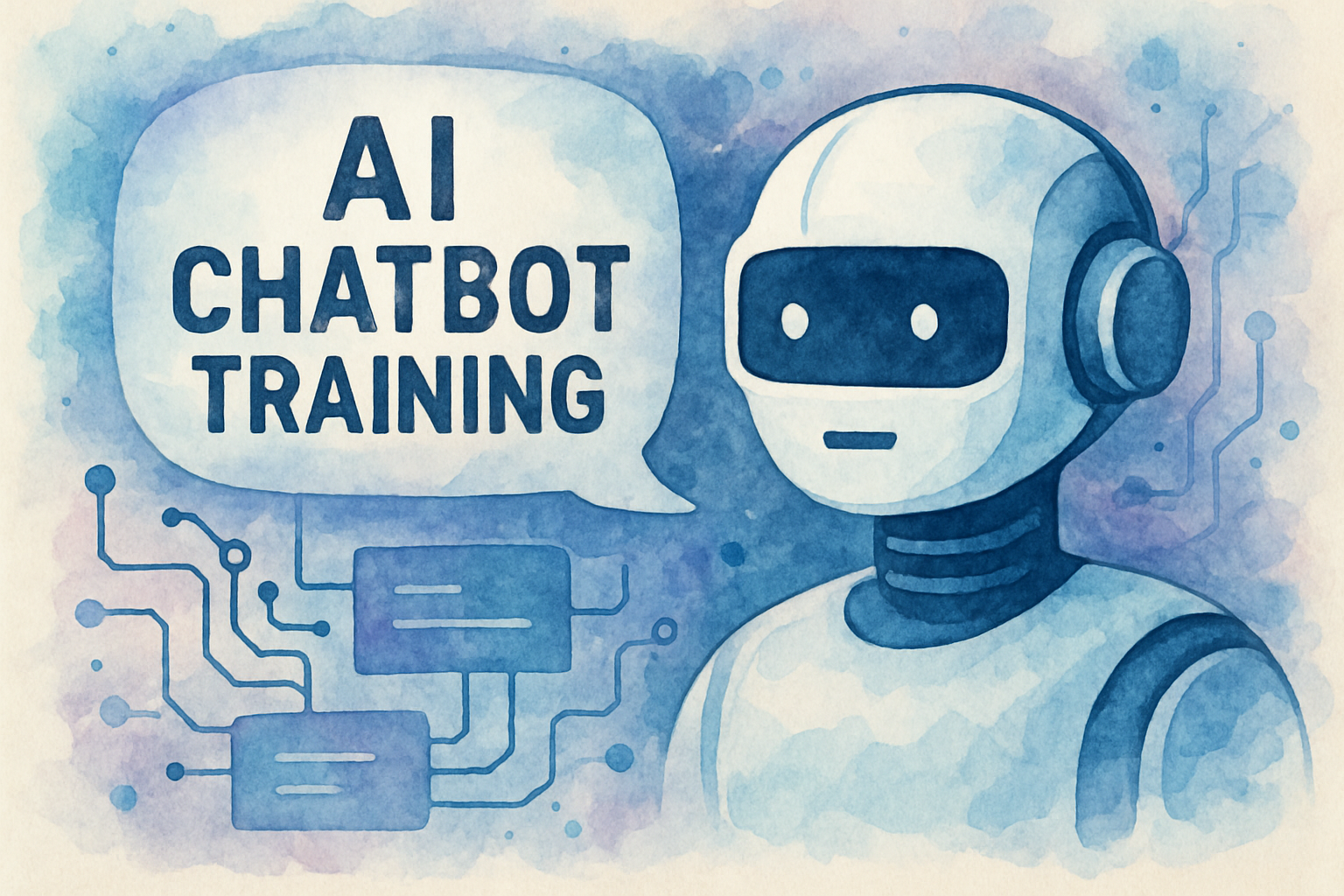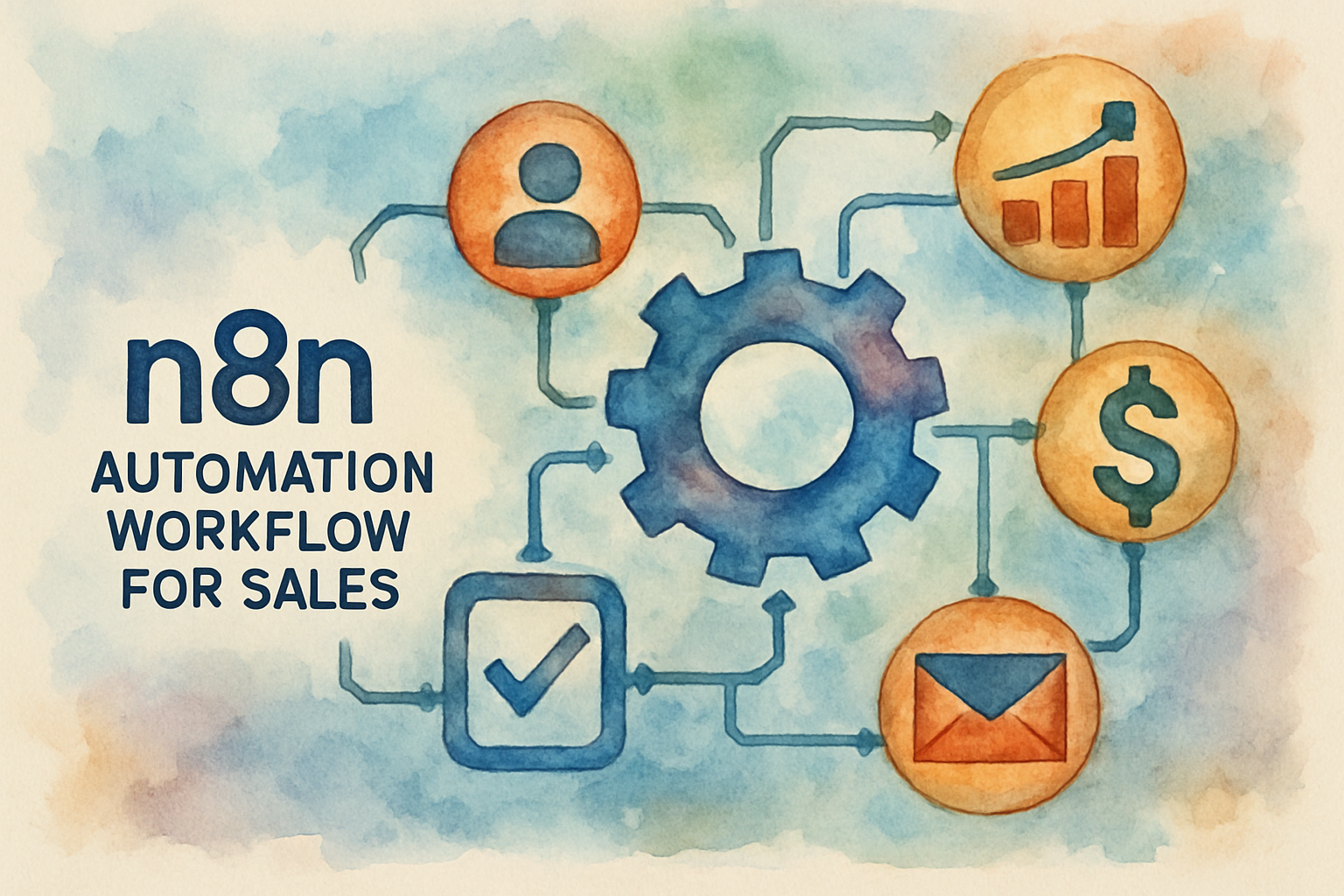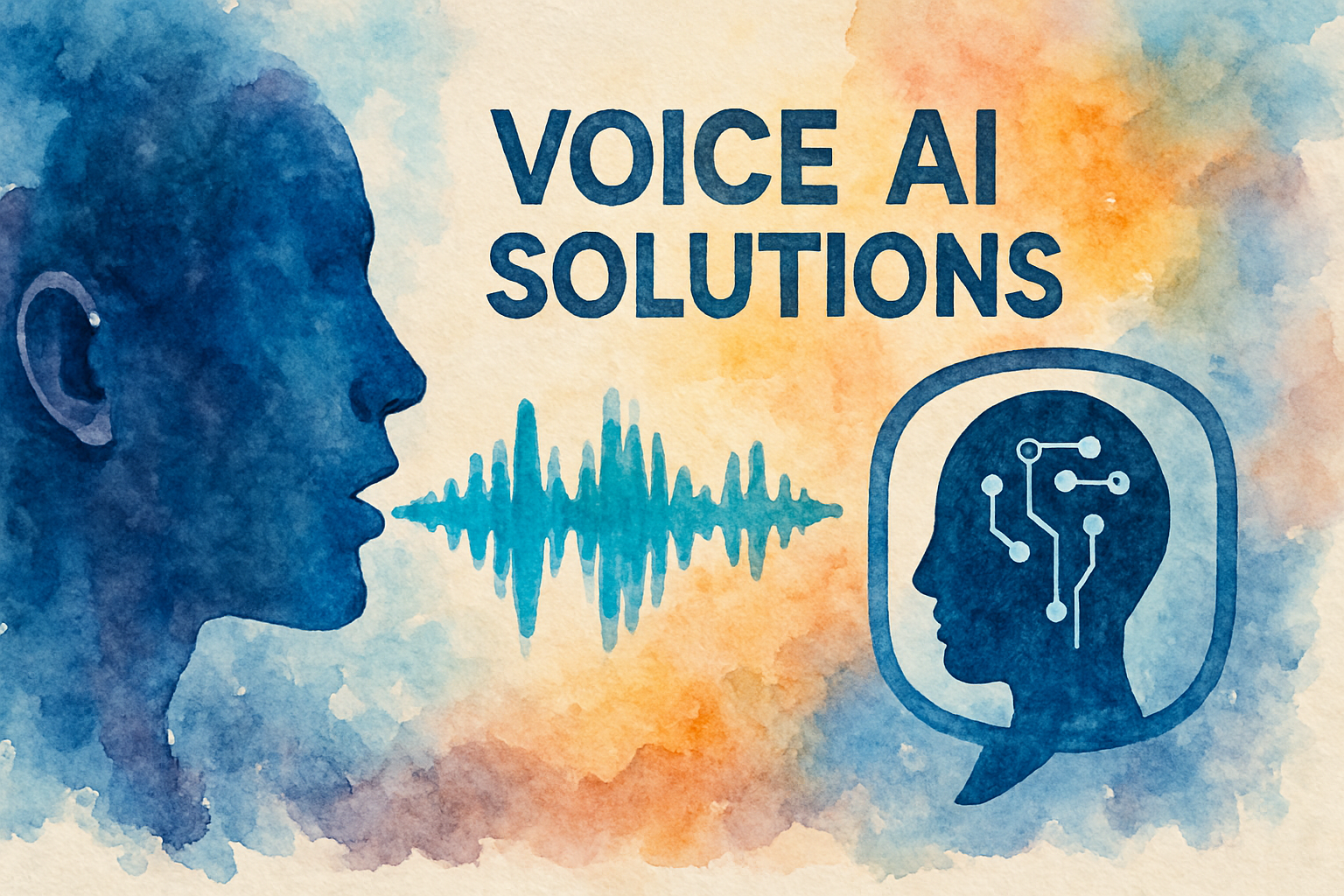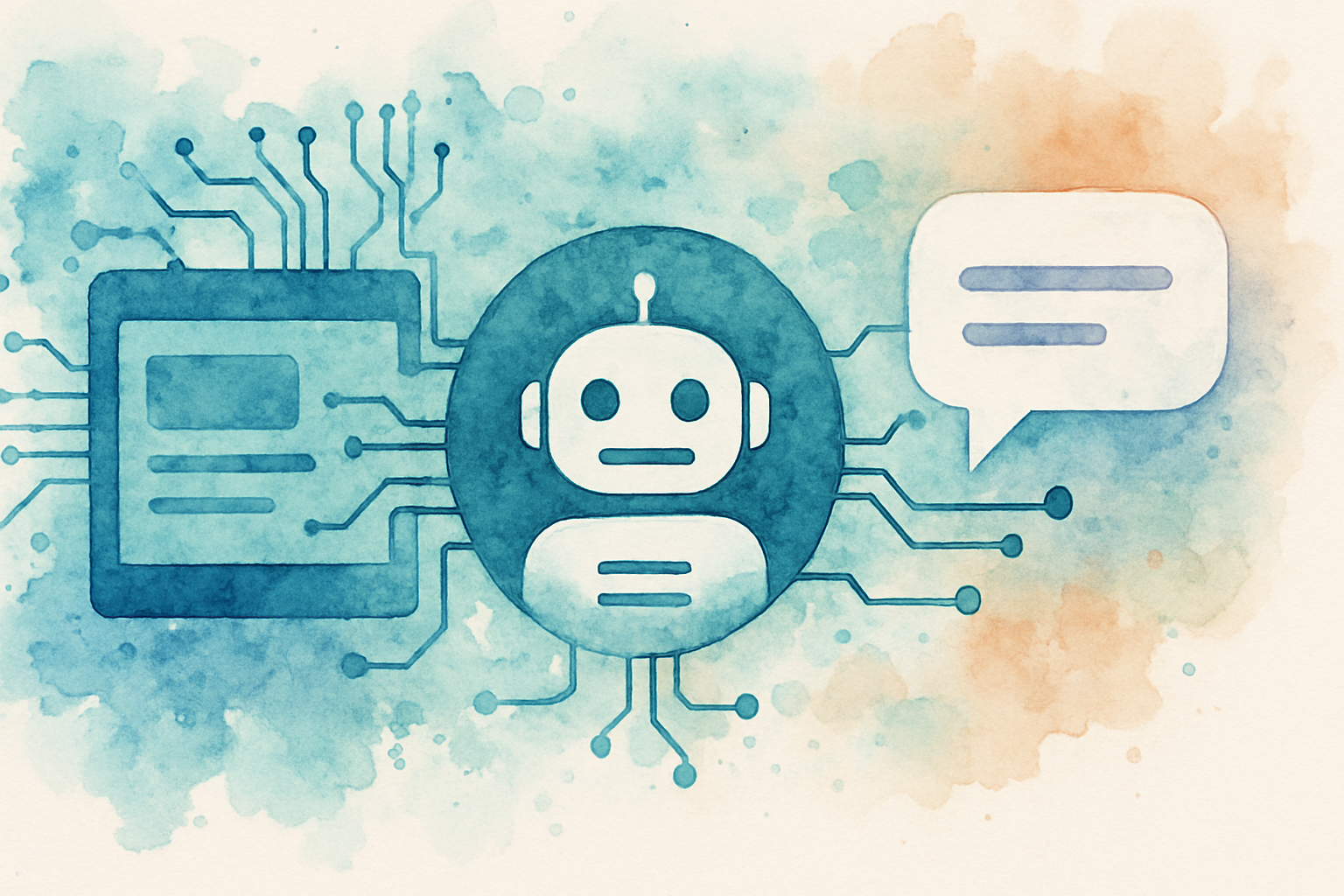AI Agent Workforce: The Next Big Trend Shaping the Future of Business in the 21st Century
In today’s rapidly evolving business landscape, companies continually seek innovative ways to streamline operations and enhance efficiency. Enter the AI agent workforce – a groundbreaking solution that’s revolutionizing how businesses operate. This cutting-edge technology is not just a futuristic concept; it’s already making waves across industries, transforming workflows, and redefining productivity standards.
As we delve into the world of AI agents, we’ll explore how this digital workforce is reshaping business operations, the benefits it brings, and practical strategies for implementation. Whether you’re a small startup or a large corporation, understanding and leveraging AI agents could be the key to staying competitive in an increasingly automated world.
Understanding the AI Agent Workforce: A Game-Changer for Business
The AI agent workforce represents a paradigm shift in how businesses approach tasks and processes. These intelligent digital workers are designed to handle a wide range of operations, from simple data entry to complex decision-making processes. Unlike traditional software, AI agents can learn, adapt, and improve over time, making them invaluable assets in today’s fast-paced business environment.
Defining AI Agents in the Workplace
AI agents are sophisticated software programs that use artificial intelligence and machine learning algorithms to perform tasks traditionally handled by human employees. These digital workers can:
- Process and analyze vast amounts of data in real-time
- Automate repetitive tasks with high accuracy
- Learn from past experiences to improve performance
- Interact with humans and other AI agents seamlessly
The Rising Trend of AI in Business Operations
According to a recent study by Gartner, 37% of organizations have implemented AI in some form, with that number expected to grow significantly in the coming years, according to Gartner’s 2019 CIO Survey. This surge in AI adoption is driven by the need for increased efficiency, cost reduction, and the ability to handle complex tasks at scale.
Key Benefits of Integrating AI Agents into Your Workforce
The integration of AI agents into business operations brings a multitude of benefits that can significantly impact a company’s bottom line and competitive edge.
Enhanced Productivity and Efficiency
AI agents can work 24/7 without fatigue, dramatically increasing productivity. They can process tasks at speeds far beyond human capabilities, reducing turnaround times and increasing output. For instance, an AI-powered customer service agent can handle multiple inquiries simultaneously, ensuring quick response times and improved customer satisfaction.
Cost Reduction and Resource Optimization
By automating routine tasks, businesses can reduce labor costs and reallocate human resources to more strategic roles. AI agents don’t require benefits, vacations, or sick days, leading to significant long-term cost savings. Moreover, they can optimize resource allocation by predicting needs and managing inventories more efficiently.
Improved Accuracy and Consistency
Human errors can be costly, but AI agents operate with a level of precision that minimizes mistakes. Whether it’s data entry, financial calculations, or quality control, AI agents maintain consistent accuracy across tasks, reducing errors and improving overall quality of work.
Data-Driven Insights and Decision Making
AI agents excel at analyzing large datasets and extracting valuable insights. They can identify patterns, predict trends, and provide data-driven recommendations to support better decision-making processes. This capability allows businesses to make informed choices based on real-time data analysis.
Implementing AI Agents: A Strategic Approach
While the benefits of an AI agent workforce are clear, successful implementation requires careful planning and execution. Here’s a step-by-step guide to integrating AI agents into your business operations:
1. Identify Suitable Processes for Automation
Start by assessing your current workflows and identifying tasks that are repetitive, time-consuming, or prone to human error. These are prime candidates for AI agent automation. Common areas include:
- Customer service and support
- Data entry and processing
- Inventory management
- Financial reporting and analysis
2. Choose the Right AI Solutions
Select AI tools and platforms that align with your business needs and integrate well with your existing systems. Consider factors such as scalability, customization options, and vendor support when making your choice.
3. Prepare Your Data Infrastructure
Ensure your data is clean, structured, and accessible. AI agents rely on quality data to function effectively. Invest in data management systems and establish clear data governance policies.
4. Train Your AI Agents
Just like human employees, AI agents need training to perform effectively. This involves:
- Feeding them relevant historical data
- Setting up rules and parameters for decision-making
- Continuously refining their algorithms based on performance
5. Integrate with Existing Workflows
Seamlessly incorporate AI agents into your existing processes. This may require redesigning some workflows to optimize the collaboration between human employees and AI agents.
6. Monitor and Optimize Performance
Regularly assess the performance of your AI agent workforce. Use analytics tools to track key metrics and make adjustments as needed to improve efficiency and outcomes.
Overcoming Challenges in AI Agent Implementation
While the benefits of an AI agent workforce are substantial, businesses may face several challenges during implementation. Here’s how to address common obstacles:
Employee Resistance and Adaptation
Challenge: Human employees may feel threatened by AI agents or struggle to adapt to new workflows.
Solution: Foster a culture of collaboration between humans and AI. Provide comprehensive training and emphasize how AI agents can enhance, rather than replace, human roles. Communicate the benefits clearly and involve employees in the implementation process.
Data Privacy and Security Concerns
Challenge: AI agents often handle sensitive data, raising concerns about privacy and security.
Solution: Implement robust cybersecurity measures, including encryption and access controls. Ensure compliance with data protection regulations like GDPR. Regularly audit and update security protocols to address emerging threats.
Integration with Legacy Systems
Challenge: Older IT infrastructure may not be compatible with modern AI solutions.
Solution: Consider a phased approach to implementation, gradually updating systems as needed. Use API integrations and middleware solutions to bridge gaps between legacy systems and new AI technologies.
Ethical Considerations and Bias
Challenge: AI agents may inadvertently perpetuate biases present in training data or decision-making algorithms.
Solution: Regularly audit AI decisions for fairness and bias. Ensure diverse representation in teams developing and overseeing AI systems. Implement ethical guidelines for AI use and be transparent about how AI decisions are made.
Conclusion: Embracing the Future with AI Agent Workforce
The AI agent workforce represents a transformative force in the business world, offering unprecedented opportunities for efficiency, innovation, and growth. By leveraging these intelligent digital workers, companies can streamline operations, reduce costs, and gain a competitive edge in an increasingly digital marketplace.
As we’ve explored, the benefits of integrating AI agents into your workforce are substantial, from enhanced productivity to data-driven decision-making. However, successful implementation requires a strategic approach, addressing challenges head-on, and fostering a culture of collaboration between human employees and their AI counterparts.
The future of work is here, and it’s powered by AI. By embracing this technology and thoughtfully integrating AI agents into your operations, you’re not just keeping pace with the industry – you’re positioning your business at the forefront of innovation.
Ready to revolutionize your business operations with an AI agent workforce? Don’t navigate this transformative journey alone. Contact The Crunch today for a free consultation and discover how we can help you leverage AI agents to boost your business efficiency and drive growth. Schedule your appointment now and take the first step towards a smarter, more efficient future for your business.
Frequently Asked Questions About AI Agent Workforce
Q1: What types of tasks can AI agents perform?
AI agents can handle a wide range of tasks, including data analysis, customer service, process automation, predictive maintenance, and decision support. They excel at repetitive tasks, data processing, and tasks that require quick analysis of large datasets.
Q2: How does an AI agent workforce differ from traditional automation?
Unlike traditional automation, which follows pre-programmed rules, AI agents can learn and adapt. They use machine learning to improve their performance over time, can handle more complex tasks, and can make decisions based on data analysis.
Q3: Will AI agents replace human workers?
While AI agents can automate many tasks, they are designed to augment human capabilities rather than replace workers entirely. They often take over repetitive or data-intensive tasks, freeing up human employees to focus on more strategic, creative, and interpersonal aspects of their roles.
Q4: How can small businesses benefit from an AI agent workforce?
Small businesses can leverage AI agents to level the playing field with larger competitors. AI can help small businesses automate processes, improve customer service, gain market insights, and make data-driven decisions without the need for a large staff.
Q5: What are the key considerations for successfully implementing an AI agent workforce?
Key considerations include identifying suitable processes for automation, choosing the right AI solutions, preparing your data infrastructure, training your AI agents effectively, integrating them with existing workflows, and continuously monitoring and optimizing their performance.



